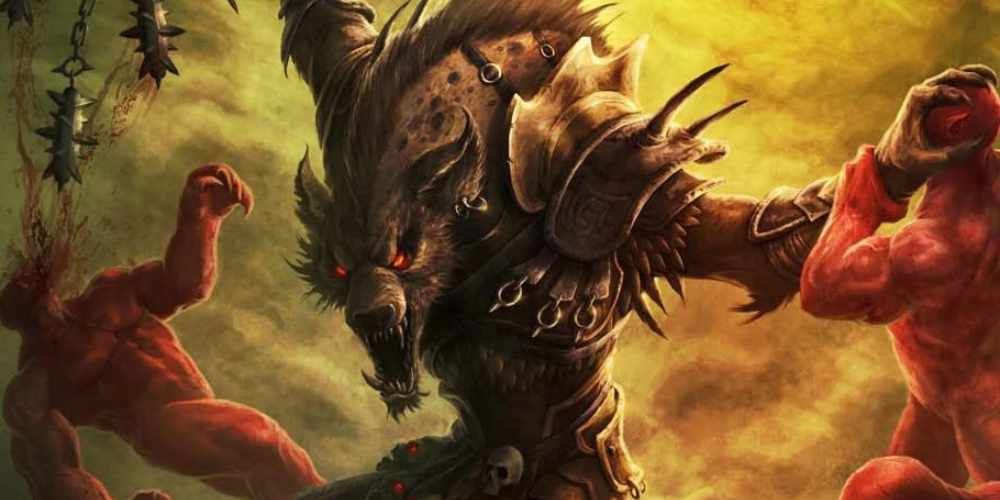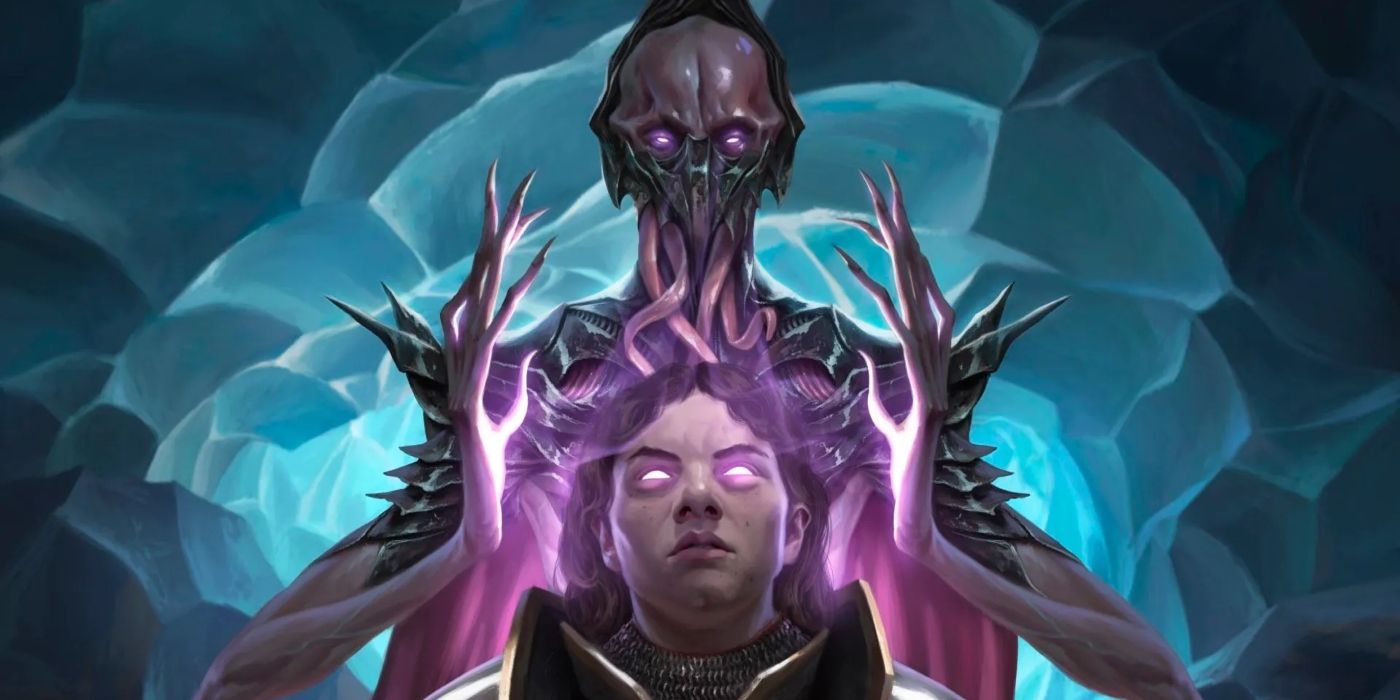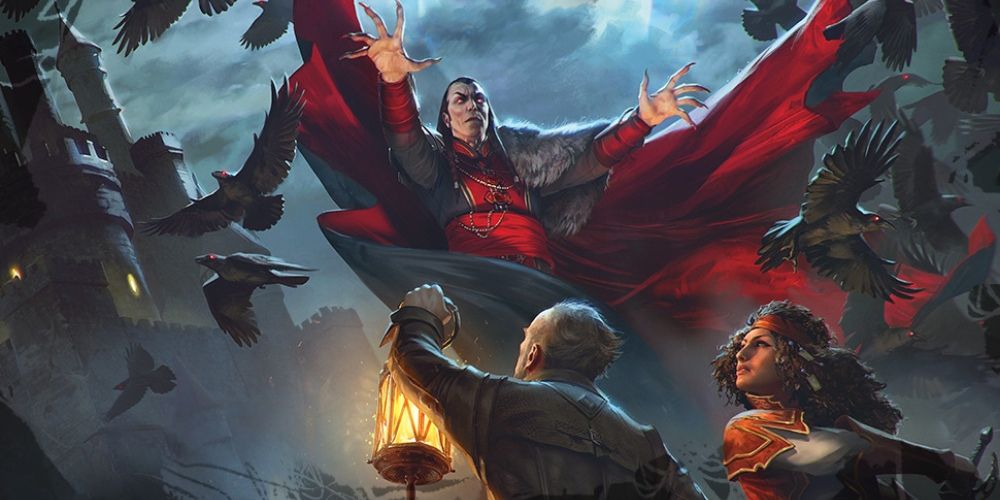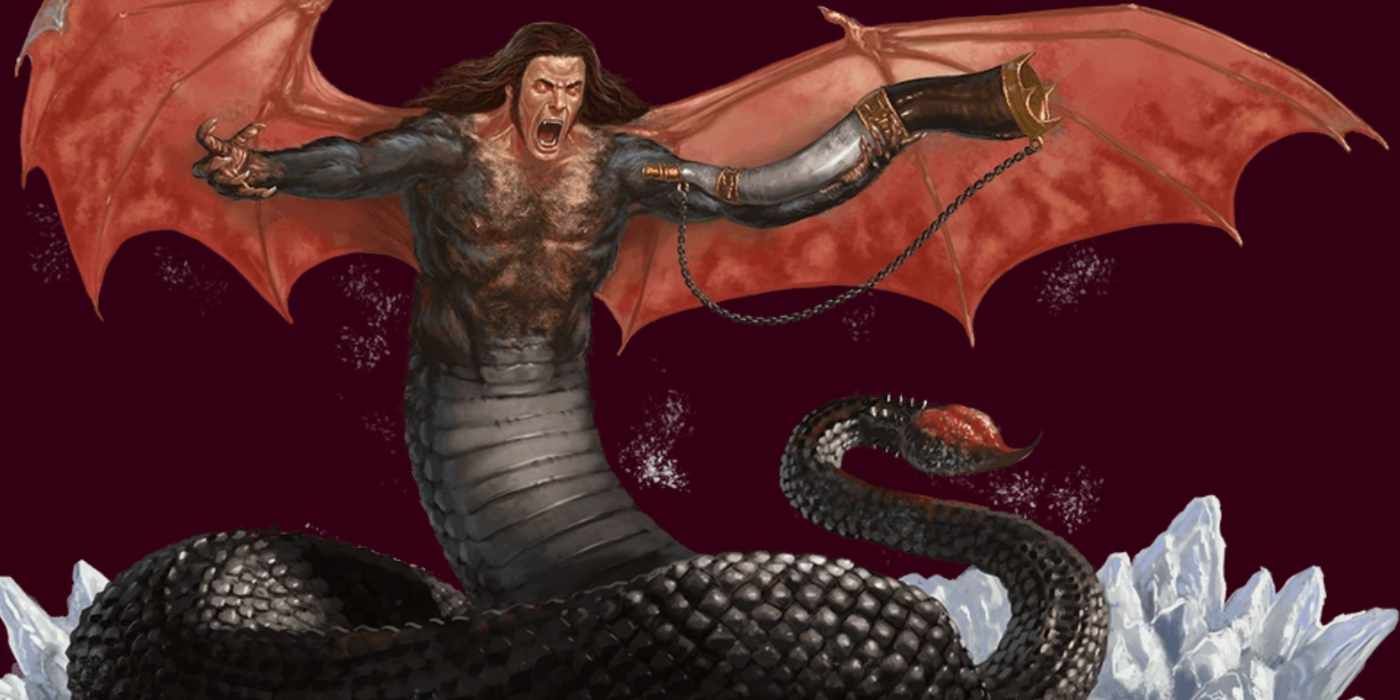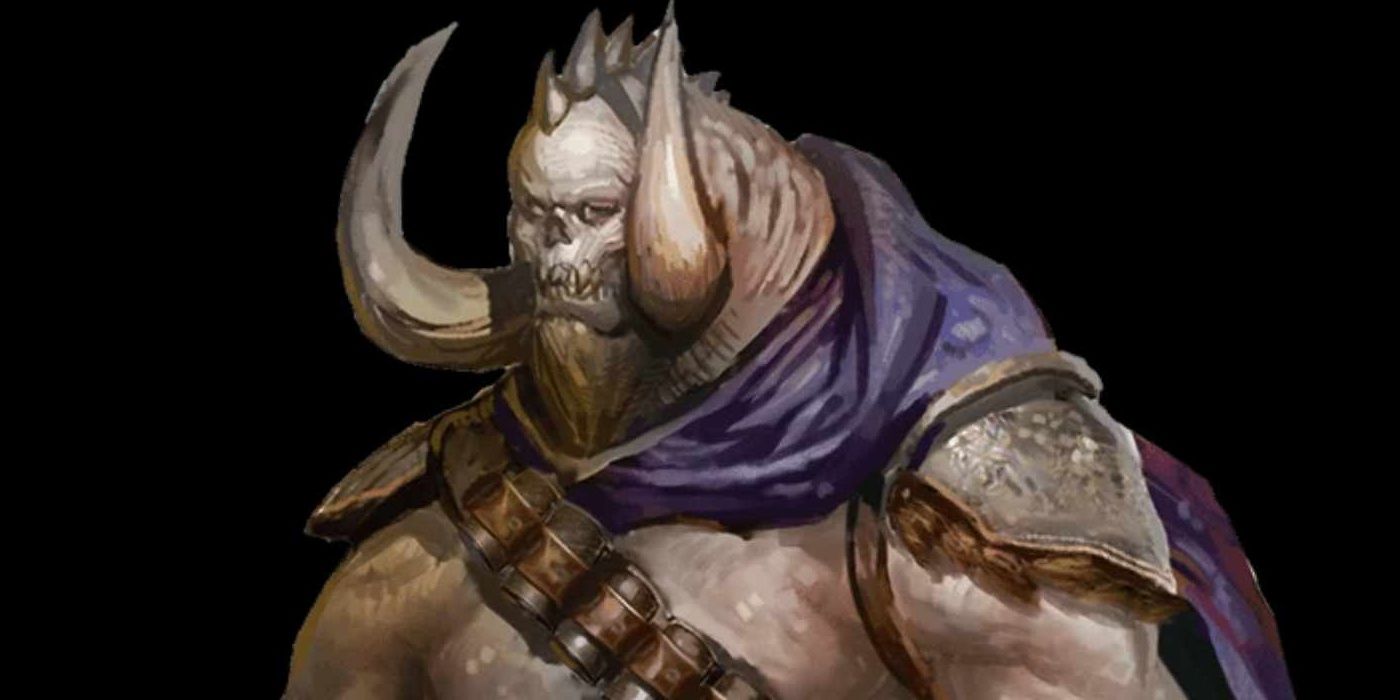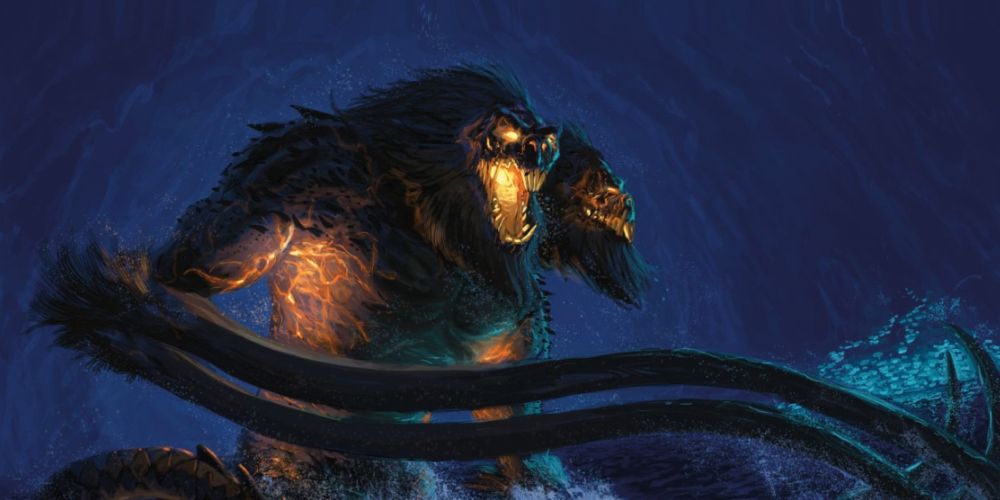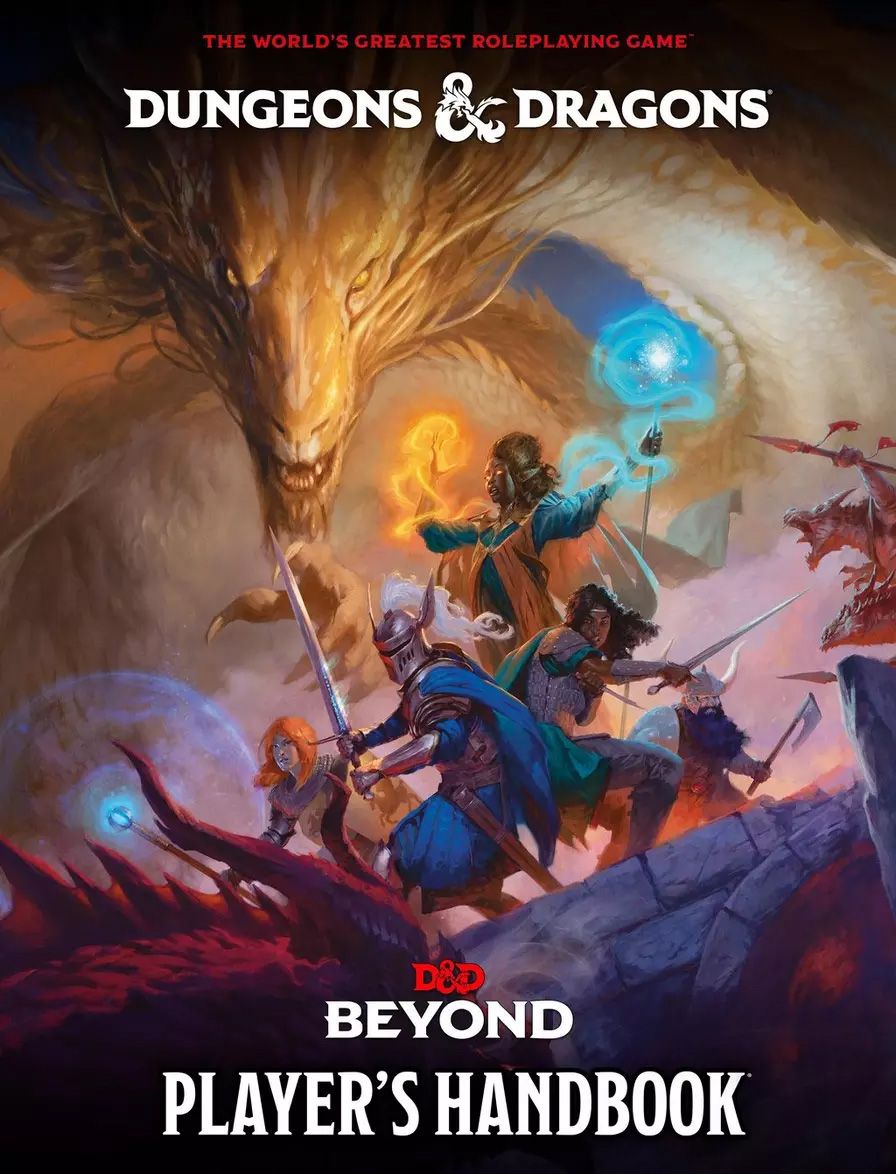
With the shift into D&D2024 (also known as One D&D, 5e 2024, or 5.24e) and the recent release of the new Player’s Handbook, Dungeons & Dragons players are anxiously looking forward to seeing the new rulebooks. The new Dungeon Master’s Guide is set for release on Nov. 12, 2024, and the new Monster Manual will be released on Feb. 18, 2025, inviting new combat encounters and terrifying creatures.
As new and veteran players anxiously wait to see what new horrors their Dungeon Master has planned for them, there are some things that they’re hoping will change in this new book. Ranging from monster varieties and the intricacies of an encounter, these are what players are hoping to see in the new Monster Manual.

Related
Critical Role Celebrates 10th Anniversary with Multiple Announced D&D Live Shows in 2025
The Critical Role cast announced five upcoming D&D live shows for fans to attend in 2025, including a debut appearance in Australia.
10 Attachments and Loyalties to Deities
Sometimes, They’re Just a Messenger
Something that is incredibly unique and intriguing about dragons – more specifically, chromatic dragons – is their devotion to the evil goddess Tiamat. She is their patron deity, and they worship her as their queen, the same way benevolent metallic dragons do with her brother, Bahamut. However, apart from the dragons, it’s rare and uncommon to see monsters have an attachment to a deity, at least not in 5th Edition.
It would be interesting to see certain monsters be considered “messengers” of certain gods, in the way that’s reflected in real-life religions. They don’t have to be religious and worship the pantheon, but it would create many new and compelling stories if at least a couple more monsters had some kind of connection. It could simply be symbolic, but it invites so many new ideas for lore and any upcoming encounters.
9 Suggestions for Balancing an Encounter
Giving Henchmen and Sidekicks to Boss Fights
One of the most difficult things that Dungeon Masters (DMs) have to deal with is setting up encounters with the various monsters. Even more challenging is to be able to balance this encounter, making it possible for players to conquer with a bit of difficulty, but not enough to where it results in a Total Party Kill (TPK). It’s a struggle for particularly newer players and DMs who are trying to learn the system, and unfortunately, there’s not a lot of information about how encounters should work and go. Boss fights are particularly tough to plan, because what works well with the boss?
Ideally, there should be suggestions alongside certain monsters that would describe which creatures work well together in a fight. So, for DMs looking at a page with the perfect boss battle, there would be suggestions alongside it for various henchmen or sidekick monsters that work in a fight. If nothing else, even if it’s just a page or two, having a simple cheat sheet about encounters would be greatly beneficial.
8 Swappable Stats for Tweaking
It’ll Help Make Homebrew Quicker and Easier

Related
Chris Pine’s Dungeons & Dragons Movie Becomes Netflix Hit 1 Year After Box Office Disappointment
Dungeons & Dragons: Honor Among Thieves is a streaming hit after struggling at the box office in 2023.
Sometimes, when DMs stumble upon an enemy, it may not fit exactly what they need. That’s not a bad thing, oftentimes DMs have a very specific vision for their campaign, but the issue comes from the fact that some creatures have to be homebrewed in order to make it work. However, homebrewing is an incredibly time-consuming and tedious process, one that doesn’t guarantee results until it’s been play-tested.
Having certain stats be swappable will help DMs tweak monsters to their exact needs and save them the excessive time it would have taken to homebrew. Damage Type is an incredibly easy example — changing how each monster hits opens up new potential for creating the exact world players want to experience. It could easily be explained away in lore, such as evolution or mutations, but having certain stats be interchangeable would help make each species feel fuller.
7 Monsters With Classes or Roles
How Do They Function in Groups?
NPCs in D&D games tend to have a class designated to them, typically something from the PHB — so, it would be really intriguing to see certain monsters potentially having that similarity. This would realistically be doable for sentient races, even more specifically races that travel in packs and communities. Individuals in communities take on roles based on everyone’s needs, so it would only make sense that sentient monsters might operate similarly.
It doesn’t have to be fully fleshed out or expanded — if anything simpler versions of certain classes would be more than enough to show the monsters’ dynamics. It would be even cooler to see monster-specific classes, but it would make sense if that’s not there either. Just something that allows different roles and functions other than a change in weapon would be interesting as a concept.
6 Creature Habits and Monster Behaviour
A La National Geographic
Volo’s Guide to Monsters is an additional guidebook released in 2016 that goes over the lore and behaviors of some of the most popular monsters. It would be hilariously intriguing to learn more about other creatures in the Monster Manual in the same way. It doesn’t have to have a lot of information, just things that would be seen on a placard at a zoo.
Creatures have habits, including humans — so it would be fun to see what some common behavioral patterns certain monsters have. Monsters have habitats, diets, and other essentials that could invite new and creative ways of handling them. For an extra touch of realism and fun, some species could be endangered, which opens up entirely new side quests and objectives players can have.
5 RP Tips for Certain Monsters
A Handy Reference for Newer DMs
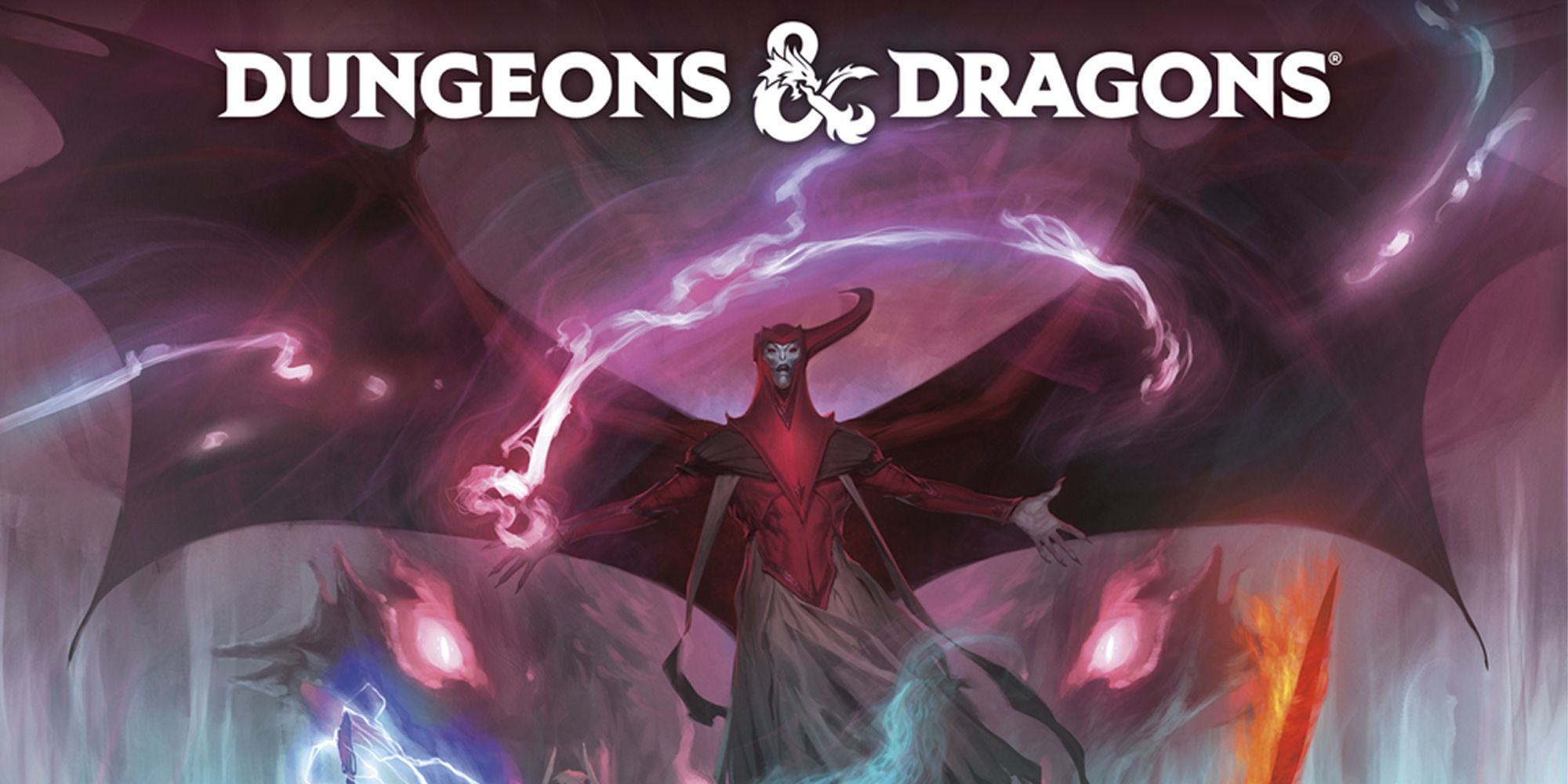
Related
D&D 5e’s 2024 Dungeon Master’s Guide Is Primed for Every Type of DM
The 2024 Dungeon Master’s Guide brings things to the table in such a way that anyone could run a D&D game with ease.
Some monsters will have roleplaying elements to them, such as the case with vampires, dragons, werewolves and the like. Of course, it’s all up to the DM on how this will be done, but newer DMs who don’t know all the monsters may not know where to begin. Having a small reference with monsters that can communicate about how they would be in roleplay would be beneficial to understanding the world and its lore.
Plus, it breathes a new life into each monster and the world that they’re living in. The references for roleplay don’t have to be entire personalities, maybe some common patterns or key quotes, things that would clearly display certain character traits. Even for beasts and monsters who don’t speak, something about their thoughts or goals would give DMs some much-needed breathing room for an impromptu conversation through Speak With Animals.
4 The New Manual Needs to Flesh Out Some Lore
It’s Time Lesser-Known Monsters Got Some Love
Monsters such as Mind Flayers and Beholders are infamous, notorious within the community and to those who are new to the game. They are rich in lore and information, allowing anyone to learn all there is to know about each creature that will grace the campaign. However, lesser popular monsters don’t have this same treatment, leading to theories and speculation based on previous editions.
Of course, having a sense of mystery to some creatures is reality-accurate and logical, but many monsters could benefit from a little bit more lore. Some creatures have lore that is very bare-bones or almost nonexistent at all, which creates some potential confusion for those new to the game. The history doesn’t need to be extensive, just a few bullet points should be more than enough.
3 More Creatures Without Non-Magical Resistance
Give Melee Fighters More in the Encounter
Many monsters in the Monster Manual have resistance to different types of magic and damage. One of the most common types of resistance that monsters have is non-magical resistance to slashing, piercing, and bludgeoning damage. These are the most common damage outputs from melee classes that use weapons, especially since players don’t start with magic weapons right off the bat.
Having some more monsters that don’t have this resistance will make the combat encounters with them much less frustrating to players. It’s essential that players feel powerful and essential to the plot, and that the effort they’re putting in isn’t for nothing, which can be difficult if they’re resistant to non-magical damage. Early-level combat is also a decent challenge, so allowing these new monsters to be killed more easily will help these fighters in those encounters.
2 Monster Variants & How-To Add Variety
For When a Regular Monster Isn’t Enough
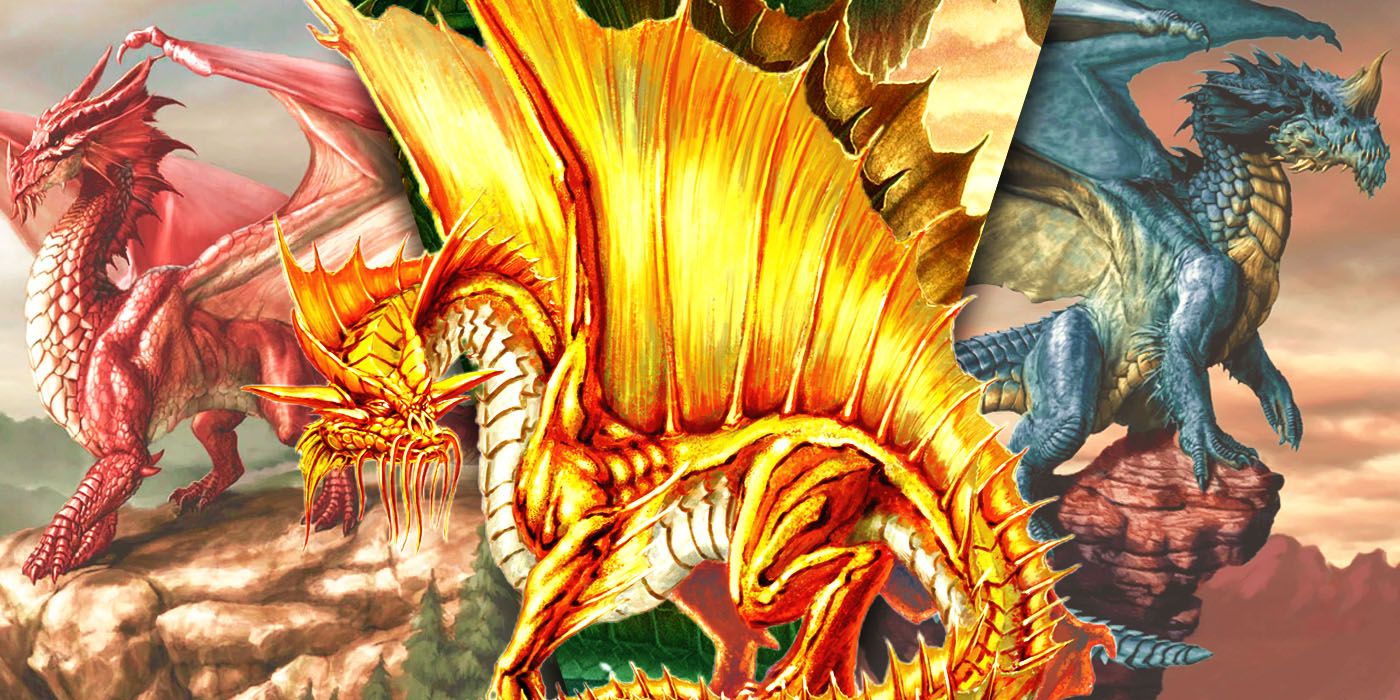
Related
Dungeons & Dragons: What A Dragon’s Color Actually Means
Dungeons & Dragons features many different types of dragons, each of them unique. Some are sinister villains, while others are noble protectors.
The new Monster Manual is slated to have variants for certain monsters. By being an elemental variety, an undead or something else entirely, these different variants inspire DMs and players to think of other potential varieties. It would be a good idea to have a page or two dedicated to creating a monster variant, in case the exact variation isn’t available.
It could detail how variants are created in lore, the factors in ways creatures can evolve, and other helpful information. It should answer questions such as: How would the monster fight differently? How would the monster be similar to its normal counterparts? Would the variant be contagious and how so? Giving a little insight into these shifts in evolution would make their reveals and encounters all the more interesting.
1 DMs Want More Clarity on CR Ratings and XP
It’s Worth Clearing Up for Everyone
Without a doubt, the hardest thing to understand about the monsters is their Challenge Ratings (CR). Balancing an encounter around Experience Points (XP) and the creature’s CR is an immensely difficult task, but it doesn’t have to be. Providing further explanation of how CR should work in encounters would clear up a lot of confusion.
Plus, the CR system doesn’t consider larger D&D parties, which makes balancing the encounter even more of a challenge. Ideally, the CR system should be a chart that details how it might change depending on party size and makeup. That way, DMs would have a better idea of what monsters would actually pose a challenge to their players.
Discover more from reviewer4you.com
Subscribe to get the latest posts to your email.

